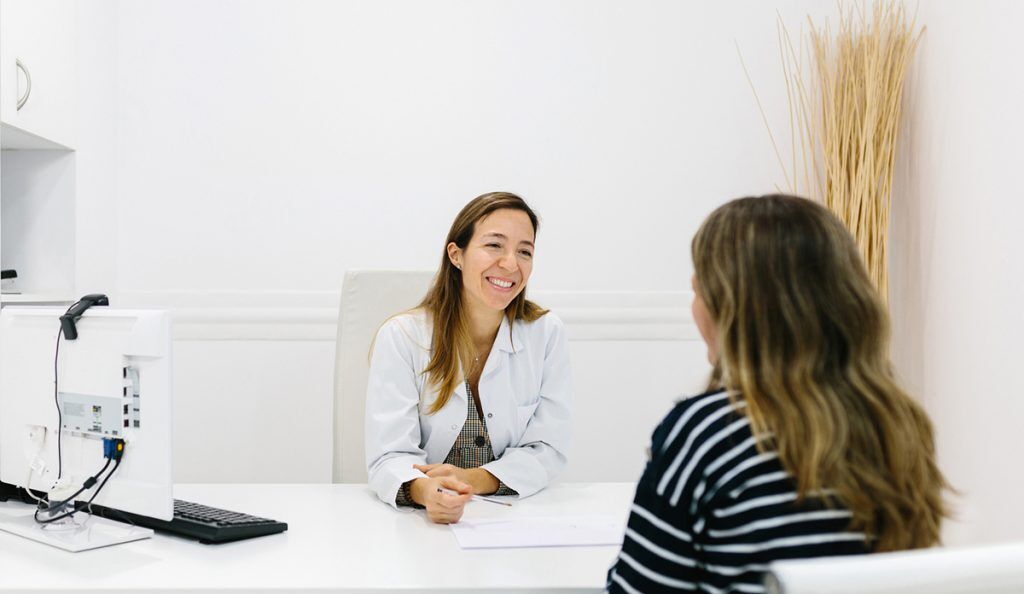How the patient experience is informing research from the bench to bedside
Research is an iterative process. It builds on past successes (and failures) and is informed by the work and experience of others. When scientists gather to report their findings at conferences or in meeting rooms, the goal is to inform, learn, and chart a path forward to ensure that the research accomplishes its ultimate goal.
Historically, the beneficiaries of that research—patients, in the case of medical research—were not present at those discussions or asked to participate in the process until they were needed for a clinic trial. But that has been changing over the last decade. Breast cancer researchers from laboratories to clinics are benefitting from the insights and perspective that trained research patient advocates can provide.
The vital role patients and advocates play at all phases of research
Advances in treatment do not happen without clinical trials, and clinical trials cannot happen without patient volunteers. But clinical trials are not the only way patients contribute to advances that will improve the lives of patients like themselves. This is especially true in breast cancer research. Those who have been touched by breast cancer, either directly as a patient or indirectly as a caregiver or loved one, are often motivated to make a difference. For some, that choice is breast cancer research, the promise of the future.
The Health Research Alliance (www.Healthra.org) recently held a meeting that included a panel discussion on what patient advocates bring to the research process. Joining representatives from nonprofit funders and patient advocacy groups, Dr. Alana Welm, researcher at the Huntsman Cancer Institute at the University of Utah and a co-investigator on BCRF’s Founder’s Fund, shared her experience building a patient advocate committee to participate in a wide range of research projects at her institution.
“Even the most basic scientists should understand the clinical questions underlying their research and how patients will be impacted,” she said. “In our experience, patient advocate engagement resulted in better research and improved patient impact.”
The Patient-Centered Outcomes Research Institute (PCORI) recently funded a study of nearly 400 examples of patient engagement in research. Of these, 60 examples showed that patient engagement influenced not only researchers’ understanding of patients, clinicians, and health care organizations, but also influenced their study conceptualization and execution.
What makes a successful research advocate?
Patients get involved in research because they have a vested interest in the outcomes of that research. They may never benefit themselves, but they advocate for future patients and the wider breast cancer community.
Using that lens, they can inform laboratory research by helping scientists see the bigger picture. For example: If an experiment is successful, what comes next? What will do the results mean for patients? This requires an advocate understand how the research process happens, so many undergo one or more training programs.
Speaking on the Health Research Alliance panel, longtime patient advocate Sandi Spivey emphasized that advocates should be connected to the patient community, either as a person who has experienced the disease or as a caregiver. The advocate is not expected to be an expert in the research, but to be able to speak for all patients—not just to their specific situation. These strengths allow them to be truly representative of the breast cancer patient community.
Patient engagement in research is a symbiotic relationship. The researcher can help the patient advocate understand both the pace and importance of research, and the patient can help researchers think differently about their work, keeping their eye on improving breast cancer patients’ lives and outcomes.








